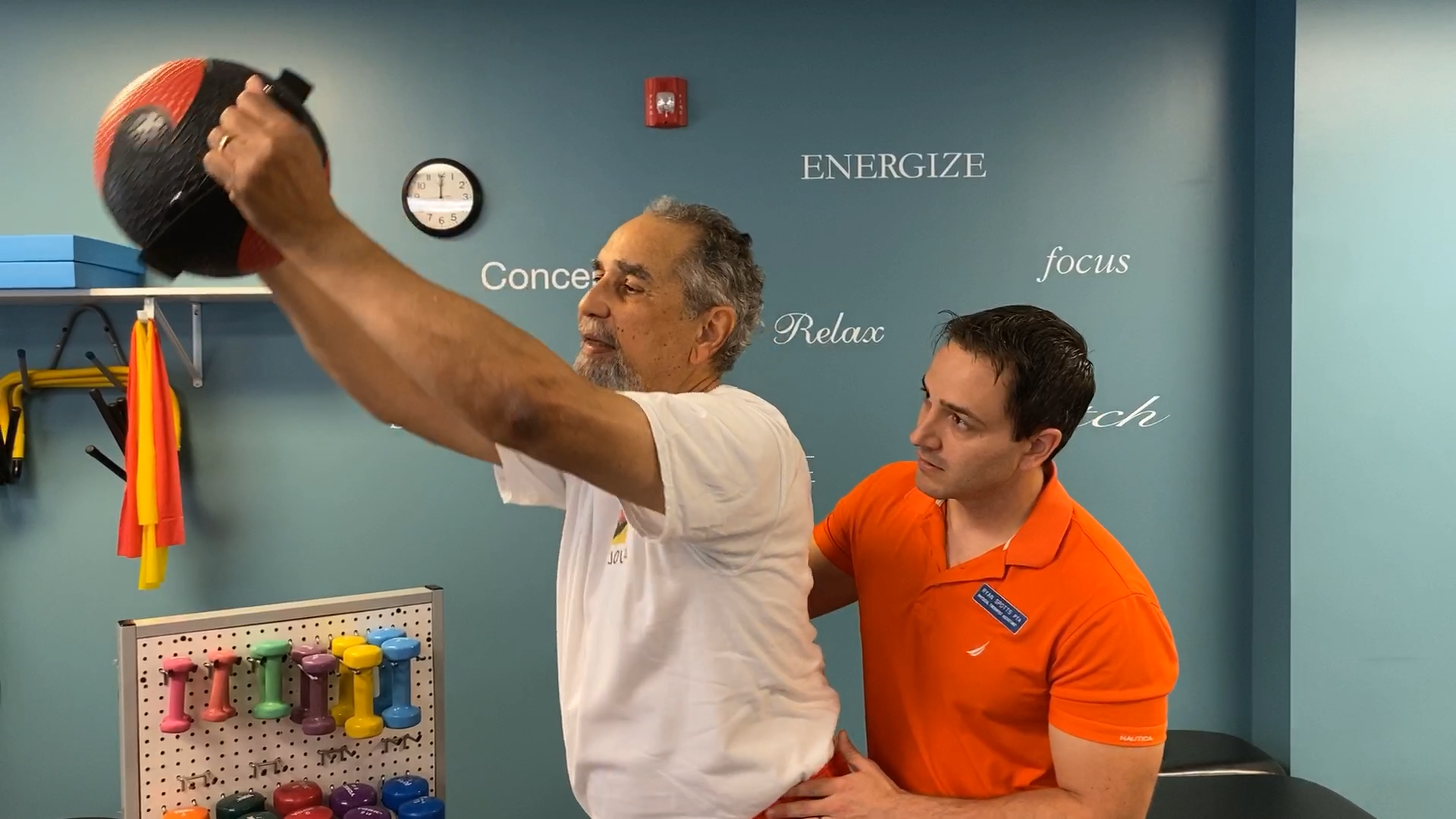Getting You Back to What You Love!
Whether you’re a weekend warrior, fitness fanatic, advanced athlete, grandmother, or anything in between, we can help you recover from your orthopedic injury with an emphasis on injury prevention.
What is Orthopedic Physical Therapy?
Orthopedic physical therapy focuses on the rehabilitation of injuries that may include muscles, bones, joints, tendons, and ligaments. Our orthopedic therapists help to decrease pain and swelling, improve strength and range of motion, and help you meet your functional goals that are important to you.
Our therapists are orthopedic specialists and experts in evaluating and treating, patients with orthopedic conditions with a focus on injury prevention.
Conditions Include:
- Acute, Repetitive, Chronic Strains
- Spinal Pain & Sciatica
- Post-Surgical Recovery
- Arthritis/Fibromyalgia
- Ligament/Muscle Tears
- Post-Fracture Injury
- Joint Stiffness/Pain
- Rotator Cuff Repair
- ACL (Anterior Cruciate Ligament) Reconstruction
- Spine Rehab
- Total Joint Replacements – Knee, Hip, Shoulder
This Service Offered At These Locations

